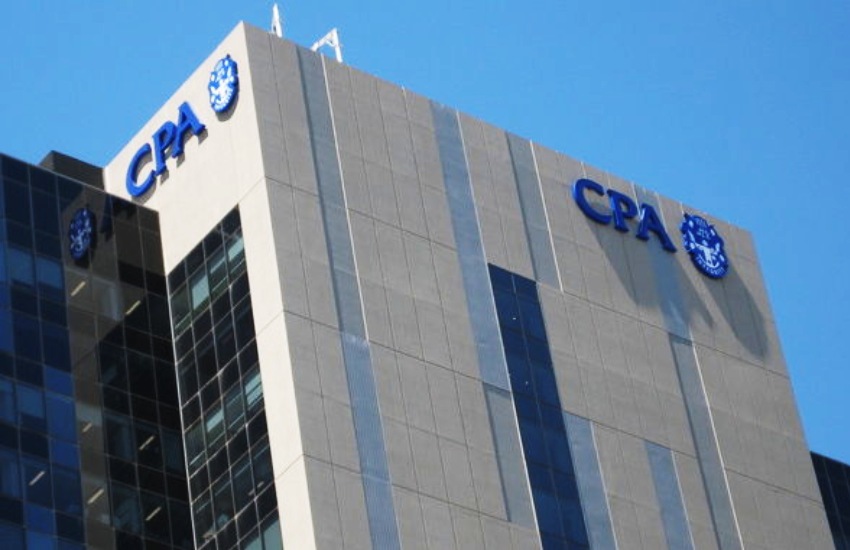CPA Australia has slammed the ATO’s draft guidance on section 100A as responsible for “significantly increased uncertainty within the small business market” due to a “wider scope” than originally intended.
In a substantial submission to the ATO, the professional body highlighted a range of issues from retrospectivity to promoter penalties, from uncertainty over the practical compliance guideline and “blue zone”, to concerns about a departure from the original intention of section 100A.
You’re out of free articles for this month
It said its members were blindsided by the release of the guidance in February because for many “the application of section 100A to small family groups and commonly used arrangements was inconceivable” while awareness of previous guidance from 2014 “was not widespread”.
In one key recommendation dealing with legislative change, it said: “It is our view that section 100A was intentionally designed as a tool to target egregious trust-stripping arrangements, rather than tax avoidance generally.
“The ATO has now clarified its interpretation and intended application of section 100A, which is far broader than many advisers had understood. This has resulted in the provision becoming an extremely powerful and visible tool for the ATO, particularly given the extensive use of trusts in Australia.
“To provide certainty and protection to taxpayers, we recommend that the government amend section 100A to include a time limit and dominant purpose requirement to better align with other anti-avoidance provisions.”
To support its claim the draft had created uncertainty, the submission cited scenarios supplied by members that go to the retention of funds by the trustee and offsets, and legitimate expenses for an adult child.
CPA Australia said: “Further to the tuition and board expenses that the ATO finds to be legitimate in Example 3 of TA 2022/1, are the following expenses also acceptable to the ATO?
- Purchase of or contribution to a motor vehicle (or other transport) for the adult child
- Payment of HECS/HELP debts (as distinct from fee-paying courses) and other tertiary education costs
- Payments for or towards travel (e.g., international holiday)
- Contributions to purchase property – either cash for deposits or settlement
- Regular payments to reimburse/subsidise interest payments on mortgage loans for property or share acquisition
- Regular payments to reimburse/subsidise rental payments when living independently of parents.”
On the issue of retrospectivity, CPA Australia said many members are concerned that the ATO will seek to adjust returns back to 2014-15 through compliance activities due to the lack of a clear “line in the sand”.
It said that until the draft was released in February, “tax advisers were of the belief that they were taking reasonable care”.
“Given this situation, we challenge the ATO’s implication (as reflected in its proposed approach) that tax advisers should have been aware of the ATO’s view and should have been considering section 100A risk since at least 2014,” CPA Australia said.
“Therefore, we also challenge the ATO’s view that no additional protection beyond the 2014 guidance should be afforded to tax advisers and their clients.”
The potential for promoter penalties or referrals to the TPB also comes in for criticism as raising alarm among “many in the profession” that “the ATO was actively seeking to identify and penalise advisers”.
It said uncertainty is also a feature of the PCG’s use of coloured zones to signify degrees of risk, with members indicating that “only a limited number of arrangements” satisfy the lowest green level of concern.
For the highest level, the red zone, CPA Australia suggested a voluntary process including “full remission of penalties” to encourage disclosure.
It said further guidance is needed especially in relation to the mid-risk blue zone, with “many arrangements considered by advisers to be at very low or no risk of section 100A falling into the blue zone”.
With decisions looming over distributions for the next financial year, the submission also recommended “that the ATO support advisers servicing the private wealth and small business markets to establish a clear understanding of the guidance, including PCG 2022/D1, and assist advisers to quickly identify and resolve any issues prior to the 2022-23 distributions being made.”
CPA Australia said the ATO position on 100A came out of the blue to its members, because it had issued no taxpayer alerts nor mentioned it as a focus area in its compliance program messaging and “as a result, the response from the profession was swift and vocal”.
“For many tax advisers, it was the first notice from the ATO that such arrangements may be subject to scrutiny, and they are now commencing their own reviews and risk assessments of their clients’ arrangements,” CPA Australia said.
“What has become apparent through this process, is that the draft guidance has significantly increased uncertainty within the small business market.”
Submissions on the ATO draft ruling on section 100A and division 7A closed last Friday (29 April) after an extension to the original deadline.

 Login
Login







